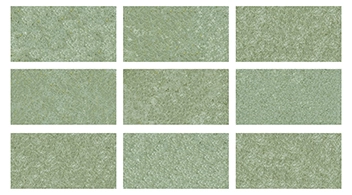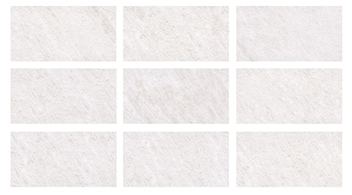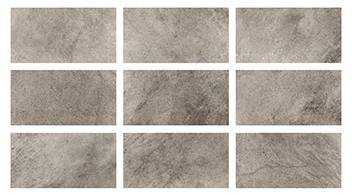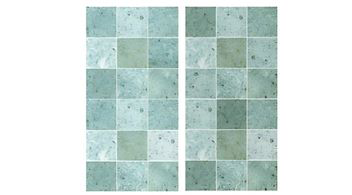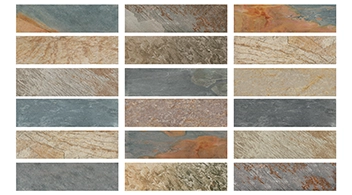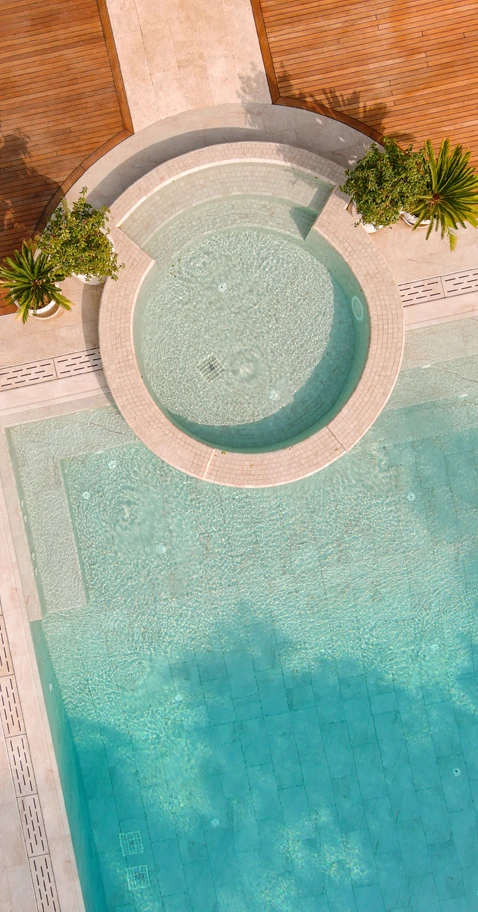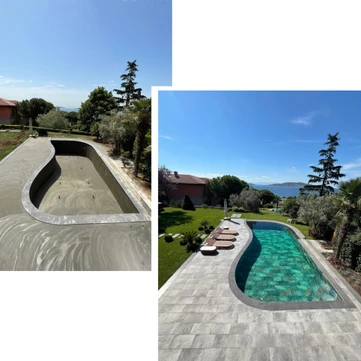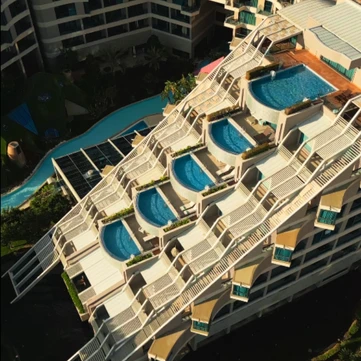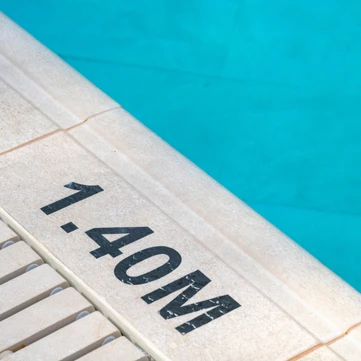
A clean, hygienic swimming pool is essential for a pleasant pool experience. While crystal-clear water enhances visual appeal, it also ensures a safe and healthy swim. To maintain this standard, proper systems and equipment must be in place—this is where skimmer systems become indispensable.
So, how do you determine the ideal number of skimmers for your pool? Here are the key factors to consider.
1. Pool Size and Shape: The Foundation of Cleanliness
The size of your pool is the most critical factor in determining the number of skimmers required. As a general rule, one skimmer is recommended for every 50 square meters of pool surface. However, if your pool has an irregular, freeform, or L-shaped design, additional skimmers may be necessary to maintain balanced water circulation.
Skimmer pool systems should be strategically positioned to support the natural flow of water, ensuring even cleaning throughout. This placement prevents debris from accumulating in hard-to-reach corners.
2. Water Circulation: Correct Flow for Effective Cleaning
Skimmer devices continuously filter the water, preventing debris from settling on the pool floor. The number of skimmers should be proportional to your pool pump system’s power. A single skimmer in a large pool may lead to dead zones and insufficient filtration. Therefore, skimmers must be placed strategically to ensure consistent water movement across all areas.
For large or frequently used pools, having a robust circulation system combined with enough skimmers ensures clean and healthy water at all times. Skimmer pool systems are crucial to achieving this balance.
3. Wind Direction: Harnessing Nature’s Power
To optimize skimmer performance, wind direction should be considered. Wind naturally drives leaves, dust, and debris toward a particular side of the pool. Installing skimmers opposite the prevailing wind helps collect debris more efficiently.
If the wind predominantly blows from a single direction, placing more skimmers along that path can enhance cleaning performance. This setup helps eliminate debris before it accumulates in dead zones.
4. Pool Usage Intensity: Plan According to Guest Volume
How often and by whom your pool is used also impacts skimmer requirements. Pools used by children or large groups tend to accumulate more debris. In such cases, more skimmers than the standard calculation may be needed.
For commercial pools, hotels, or residential complexes with high foot traffic, an increased number of skimmers ensures consistently clear water. Skimmer pool systems must be tailored to usage levels in these environments.
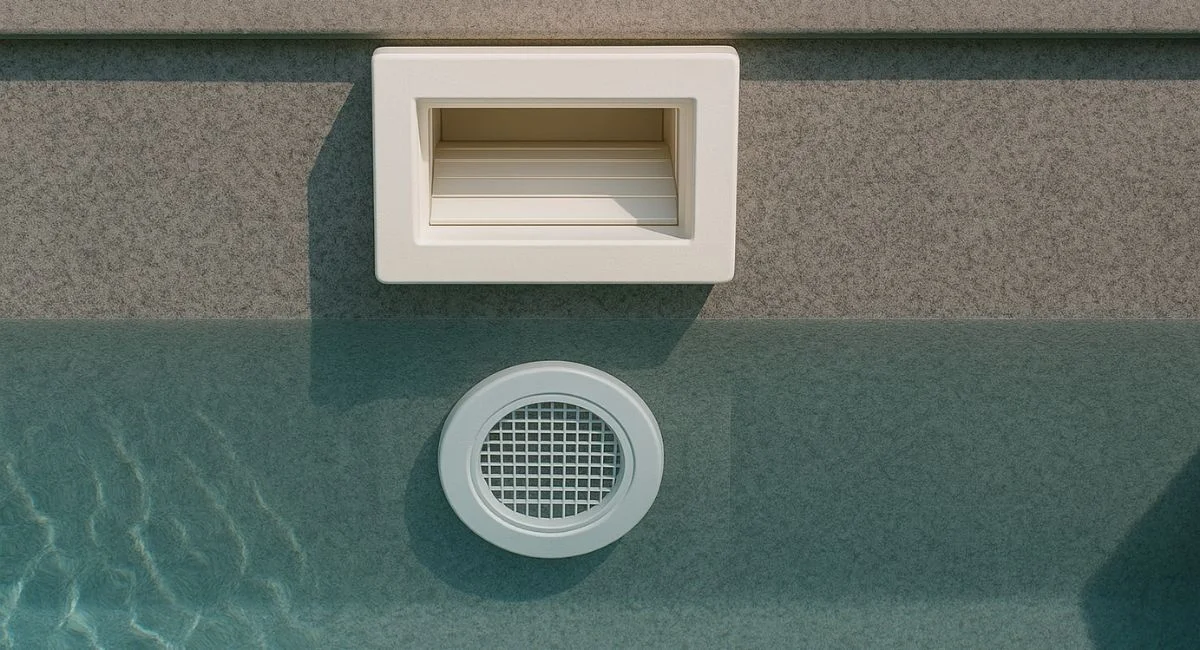
5. Skimmer Capacity and Filtration Power: System Balance
Each skimmer can manage a specific water flow rate. If your filtration system is high-capacity, fewer skimmers may suffice. However, lower-capacity systems require more skimmers to maintain uniform water cleanliness.
It’s essential to balance water intake points across the pool. To ensure your filtration system operates at full capacity, skimmers and return lines must be properly aligned. Pool skimmer systems require professional planning to achieve this equilibrium.
Conclusion: Smart Planning for Perfect Clarity
To determine the ideal number of skimmers, consider factors such as pool size, shape, wind direction, usage frequency, and filtration capacity. While one skimmer per 50 m² is the general guideline, your specific conditions may require more. With the right planning, you can ensure pristine water quality and optimal pool hygiene.



